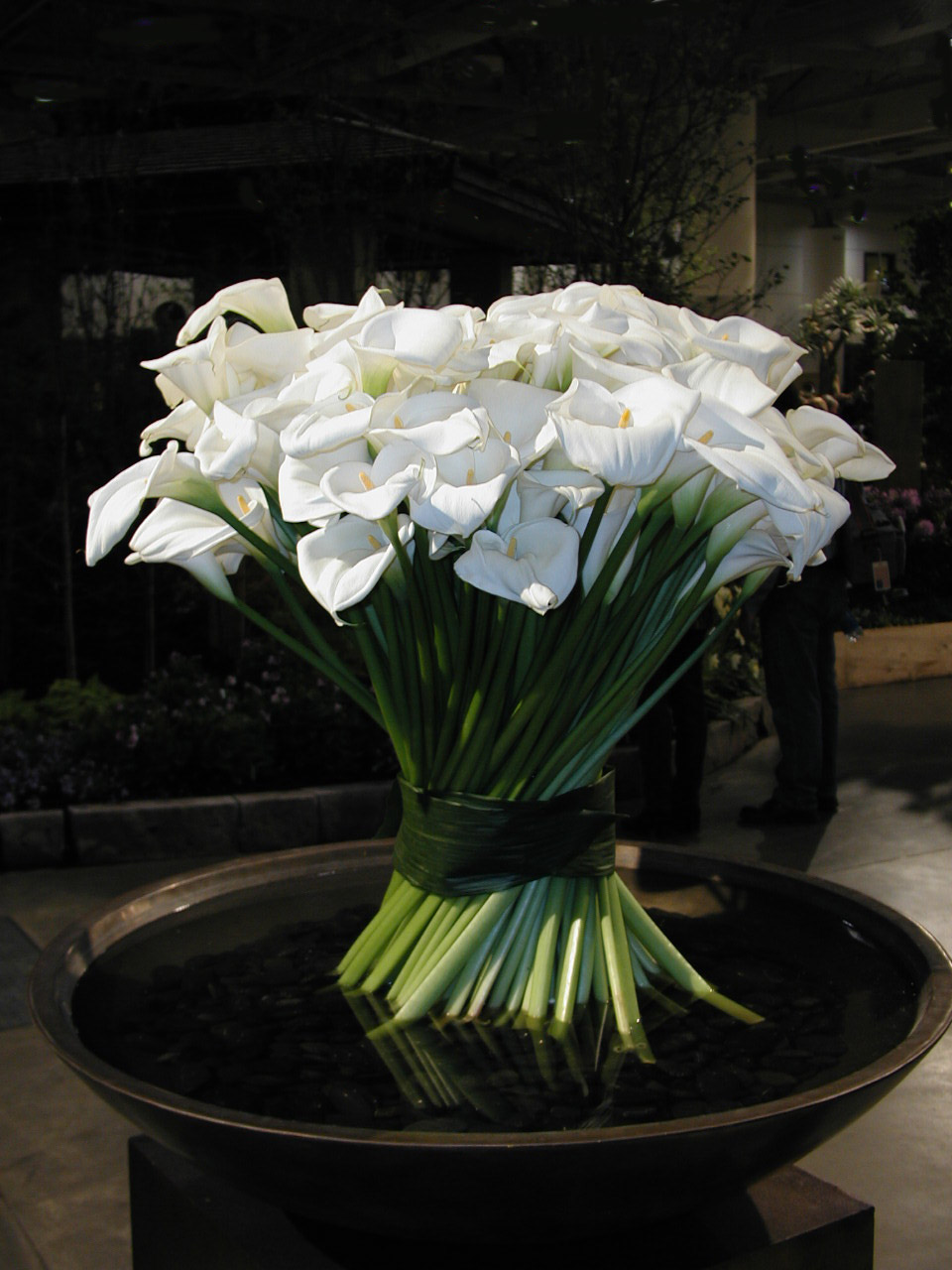Resource Library
Plant of the Week: Funeral Flowers
The passing of a loved one stirs all manner of emotions and triggers a chain of events that have a heavy measure of tradition, religiosity, modernity, practicality and, hopefully, reflect the personality of the departed soul. With the passing of my wife, Jolene, last week and knowing full well of her love of big, brightly colored flowers, I thought it appropriate to explore the custom of funeral flowers.

Flowers have been a part of funerals for centuries. The oft cited example of Shanidar 4, a 35-to-40-year-old male Neanderthal being buried with wildflowers in a cave some 60,000 years ago in modern-day Iraq, is now being questioned. Modern interpretation has it that rodents, who also occupied the cave, carried in pollen during the intervening centuries. There is no question about his ritualistic burial, only about the use of flowers.
The use of funeral flowers as we know them today is largely an outgrowth of the Victorian era. As the embalming arts became better and more widespread, funerals became public affairs. Flowers, originally serving the function of helping mask any unpleasant odors, became part of the outpouring of affection for the departed and sympathy for the bereaved. The floral industry started in the large urban centers of the northeast in the middle of the 19th century and spread slowly across the land. By the 1970s, a town with a population of 2,000 people was said to be sufficient to support a flower shop. Half of their sales during that period were devoted to funeral work.
The choice of what flowers were appropriate for funerals was always an amalgam of seasonality, availability and symbolism. During the first decades of the 20th century, calla lilies were the funeral flower of choice. From a religious standpoint they represented resurrection and rebirth; for the florist they were widely available, shipped well and held up until being used. But after too much exposure at funerals, calla lilies fell out of fashion to be followed in turn by gladiolus, carnations, chrysanthemums, lilies and the still popular roses.
The wire services became important to florist industry after WWII, making it easier for far-flung families to send floral remembrances to family members back home. The importance of funeral flowers to the florist has decreased in recent years as spending on over-the-top wedding displays became more popular. In recent funerals I have attended, I’ve seen more potted houseplants given as remembrances, partly because they last longer than cut flowers and just seem more practical (at least to men). Additionally, the trend towards donating to a favorite cause of the deceased, in lieu of flowers, has taken root and further cut into the number of flowers seen at funerals.
Now, add a pandemic disease running rampant with some of the early super-spreader events being funerals, and the use of flowers at funerals has taken another hit. And, in a reflection of changing burial practices, my wife chose cremation, with her ashes to be spread in the ocean in front of the hotels on Maui where we could never afford to stay. Funeral flowers will remain an important part of burial practices, but for my loving and sparkly wife of 38 years, they just didn’t quite fit into her unique way of seeing the world. Rest in peace Jolene.
For more information about horticulture or to see other Plant of the Week columns, visit Extension’s Website, www.uaex.uada.edu, or contact your county extension agent. The Cooperative Extension Service is part of the U of A Division of Agriculture.